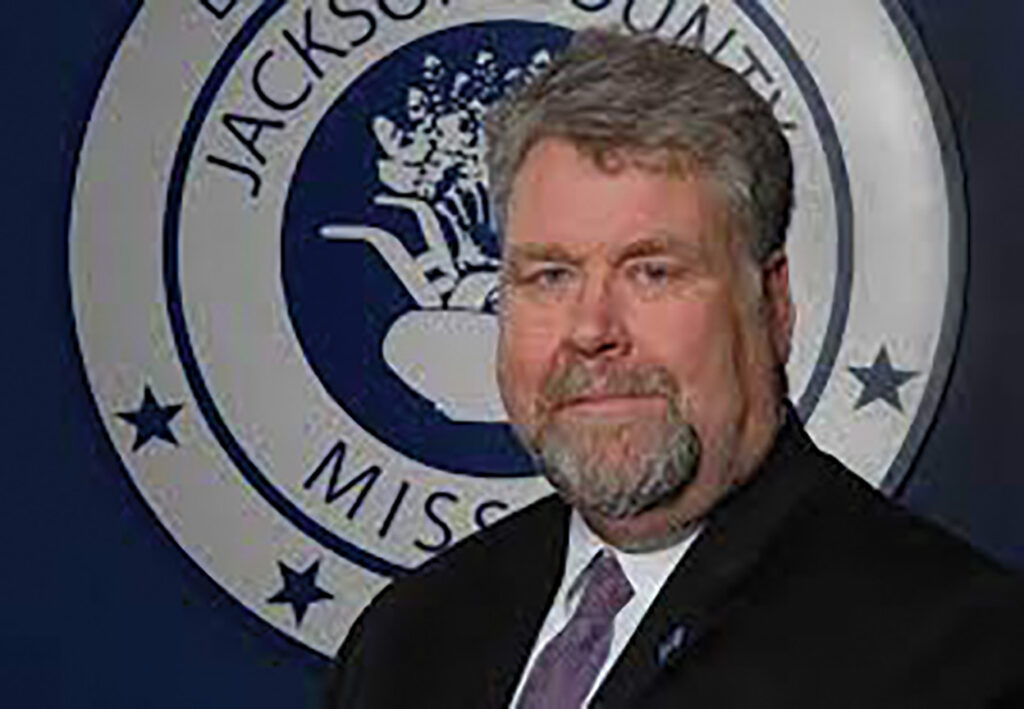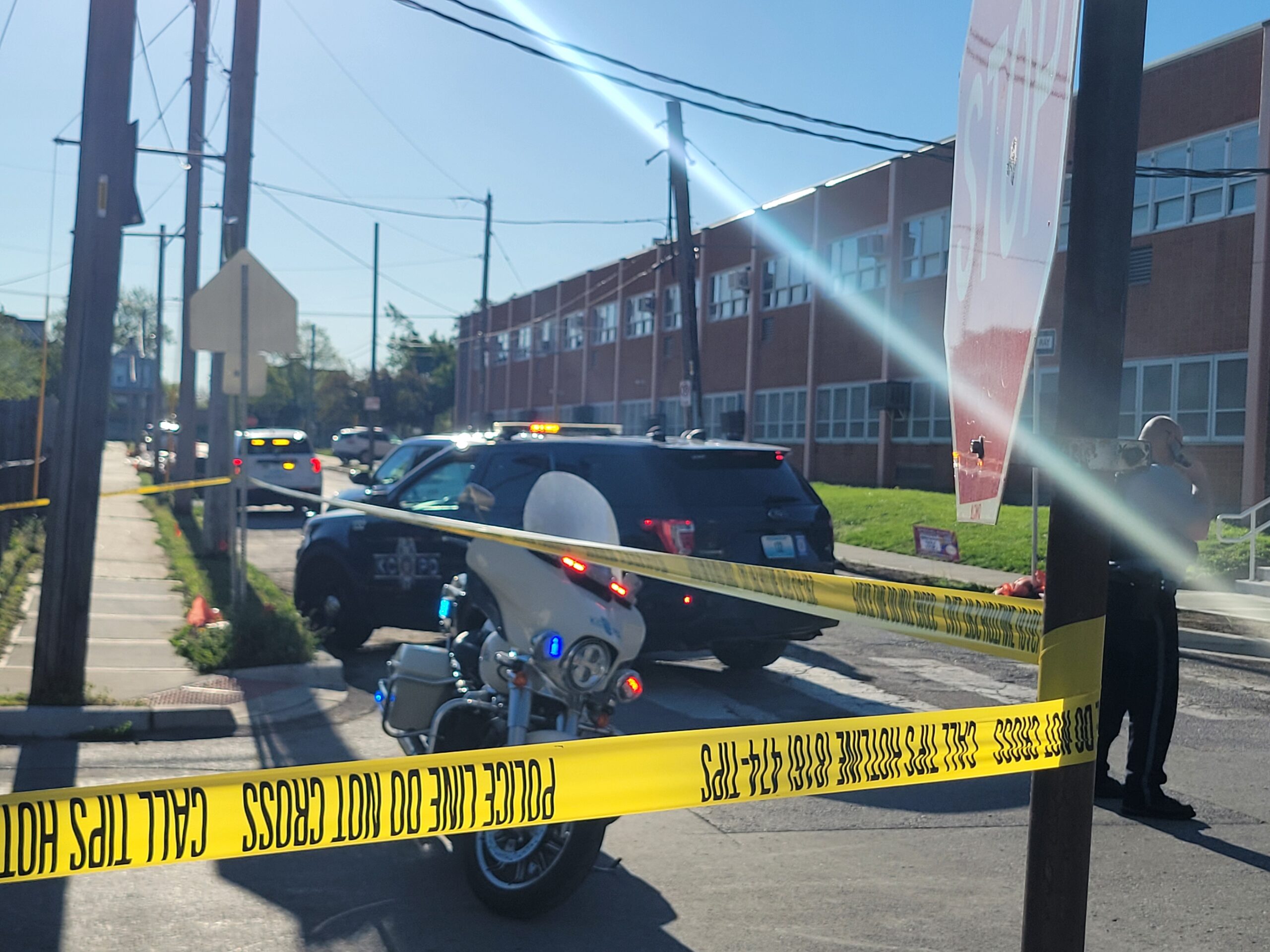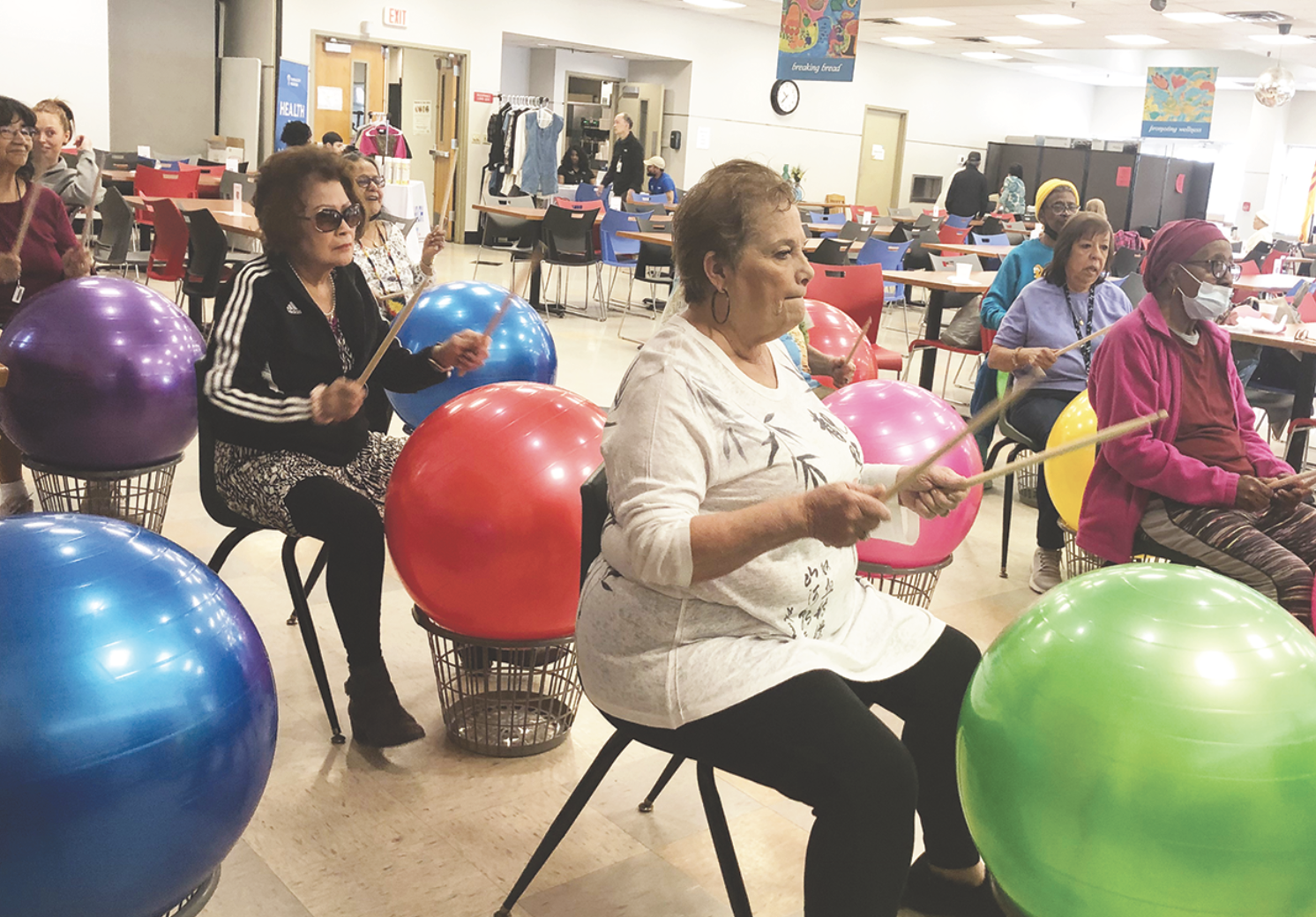
In partnership with Kansas City Museum as they prepare to reopen this fall following a multimillion dollar renovation, we’re interviewing those who have been part of the museum’s journey. This week, publisher Michael Bushnell catches up with former Kansas City city manager Troy Schulte, who now serves as Jackson County Administrator.
Troy Schulte has been a strong supporter of the museum for his entire career with the City, working with current and previous directors.
“It’s one of those signature facilities in Kansas City that if you’re from Kansas City — and, you know, having not grown up in Kansas City, I didn’t have the experience like I think every other Kansas Citian had of spending a part of their childhood, either through a school event or a weekend going the Kansas City Museum. I have not met anybody since I’ve been down in Kansas City, who hadn’t been to the Kansas City Museum — to me it was on par with the fountains,” Schulte said.
When the City did the General Obligation Bond Program (GO Bond), Schulte saw it as an issue similar to the restoration of the fountains.
“It’s kind of those basic expectations that any modern city’s going to have, don’t label yourself the City of Fountains and then not have working fountains and don’t have a Kansas City Museum if it’s not going to be open to the public,” Schulte said.
It had been a long-term process to get them to this issue, starting more than 20 years ago when Ruthanne Harper grabbed Deb Hermann and advocated for the museum, eventually earning over $10 million in PIAC funds.
“For years that was a good chunk of First District PIAC dollars going in there, so it had all new exterior, it had a new HVAC system, new windows, that building had a pretty good envelope that had been done by First District,” Schulte said.
When the GO Bond program came along and Anna Marie Tutera, the museum’s current executive director, wanted funding from it, Schulte saw recognized the longstanding tradition to just “kind of finish it off.” Schulte played a small role in the process, as he knew it was an easy project to sell.
“I still think there were a couple of things in that big bond program that sold and I’m convinced it was the Kansas City Museum – because everybody in town had been to the Kansas City Museum and remembered their childhood had a fond experience with it – and it was the animal shelter, and it was the fountains,” Schulte said.
He added that Kansas Citians can talk about roads all they want, but roads have been bad in Kansas City for 50 years and they’re going to be bad for another 50 years, even after the bond program.
“But it’s those quality of life things that I think make a difference, and I think people will pay for it,” Schulte said. “That’s why it was, to me, an easy sell to put that in there and do a little $8 million dollar allocation and match it with the tax proceeds and finish off that project and then unleash the private sector.”
He called Kansas City Museum Foundation Board President Mary Davidson a “heck of a fundraiser” who will lead the foundation in doing good things.
“I couldn’t be prouder. Every time I see Anna Marie [Tutera] I say, ‘You got that museum open yet? Let’s get that museum open,” Schulte said. “We had been talking a year ago, I think before COVID hit, and it’s ready to go, and I think people are going to really like it when they get in there.”
The museum will host its annual Derby Party and soft open on Labor Day weekend, planning to reopen fully in September. The grand reopening is something Schulte thinks the city should celebrate. He envisions the mayor of Kansas City using the elegant space for meet-and-greets for international visitors or formal dinner, calling it “quintessential Kansas City.”
“I’m tickled to death to see it done and back in operation,” Schulte said. “I think the next big issue we have – it’s gonna be a good problem – how we’re gonna handle all the parking up there in Northeast? But I think that’s a great problem to have.”
Schulte visited the museum with his sons when they were in Boy Scouts.
“It’s one of those anchors that’s obviously well known throughout the city, anybody that spent any time in Kansas City probably doesn’t count themselves as a Kansas Citian until they’ve gone to the Kansas City Museum,” Schulte said. “But I really look at the Northeast as being kind of the quintessential anchor of that part of the city, and I think it really gives the city an opportunity to take the Kansas City Museum, which is really that Pendleton, Scarritt Renaissance area, which is really starting to turn around dramatically.”
The Northeast is what the rest of the city should aspire to be in terms of dense walkable neighborhoods with a lot of organic small businesses, a diverse multi-ethnic population, with very mixed housing, Schulte said.
“You can find a million dollar home and you can find that $50,000 home all within a couple blocks,” Schulte said. “To me it’s quintessential urban Kansas City, and I think the strength of the revitalization of the east side will really be driven by Northeast.”
“That museum as a vibrant anchor shows that there’s a lot of investment, and what I would love to see the City do is take that investment in the Kansas City Museum and slowly start to reclaim Kessler Park, which I think we have let get away from us,” Schulte said.
That would showcase to the other parts of the city what’s possible by building upon municipal assets to leverage investment and redevelopment in a comprehensive way, Schulte said.
“I think you’ll be able to engage with the philanthropic community and the private sector so all it took was that seed money to show that the City’s not going to just abandon that, and to me it speaks volumes,” Schulte said.
With Tutera and the team she’s assembled at the Kansas City Museum and the foundation, Schulte thinks the sky’s the limit.
Looking back even 10 years ago at Northeast and the Independence Avenue corridor, Schulte sees a night and day difference with both private investment in homes, but also the Independence Avenue Community Improvement District.
“It’s like eight million bucks and we’ve got something now that’s a point of pride, and we leverage off of that,” Schulte said.
The Long family property has other buildings on the site that accompany Corinthian Hall, like the caretaker’s house, the carpenter’s shed and the carriage house, which will soon need attention.
Schulte said the county would be happy to assist in sponsoring legislation, putting an application in for philanthropic requests, leveraging a Missouri Development Finance Board neighborhood tax credit, or any number of opportunities.
“I’d be happy to help in my role in Jackson County to support it because, again, it’s one of those ancillary benefits that a strong Northeast is good for the city, but it’s great for the county,” Schulte said. “That kind of dense urban walkable environment is what we’re spending a lot of money out in the suburbs trying to recreate.”
The Mill Levy from the state goes through the county, which saw very little decline in its annual budget due to COVID-19. Schulte is confident that the Mill Levy was a stable funding mechanism moving forward for the museum.
“The most stable revenue stream that any municipality had was its property taxes, and the city suffered because of the unemployment, people working remotely, and sales tax plummeted because they started shifting from bricks and mortar to online,” Schulte said. “Property taxes have just been stabilized, you’re seeing it in terms of home valuations. We’re still seeing tremendous growth in underlying property values, especially in the Northeast.”
The two cent tax was generating about $700,000 “per penny, per Mill Levy, per year” when Schulte left the City, and he estimates it’s now closer to $800,000.
“I don’t see that number changing, and again, that provides that operating support that they need to keep the building open, and now with the infusion of the capital dollars, you’ve got a long term sustainable way to operate because you used one-time resources to fix the building and then you’ve got a dedicated, very stable revenue stream that will be there for the long haul,” Schulte said. “Sometimes when you build these facilities you’re worried about how you’re going to operate it once you get it built, the museum’s in the unique situation where it’s got a very stable revenue stream, and I don’t see that changing for the foreseeable future.”


















